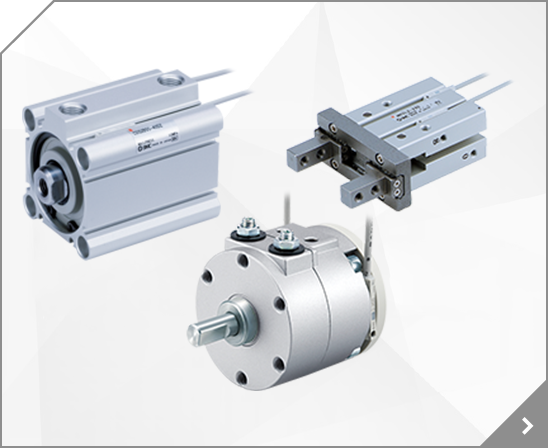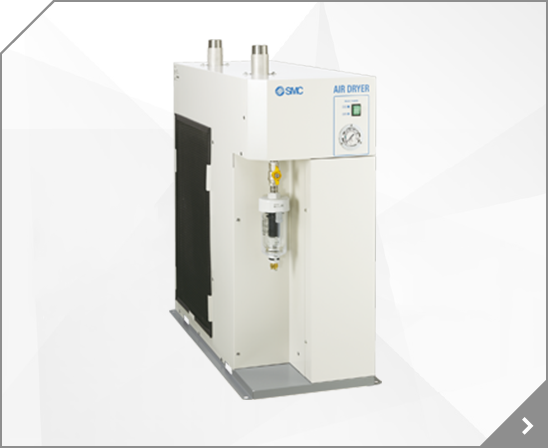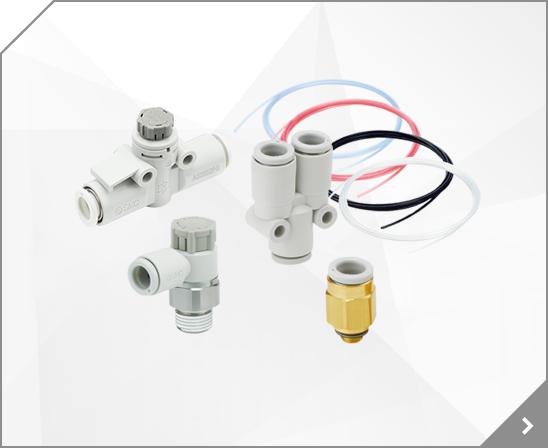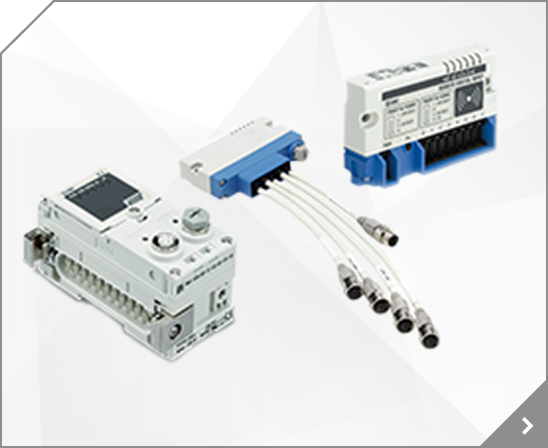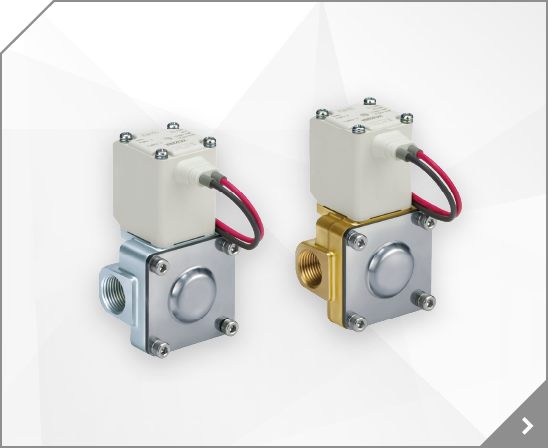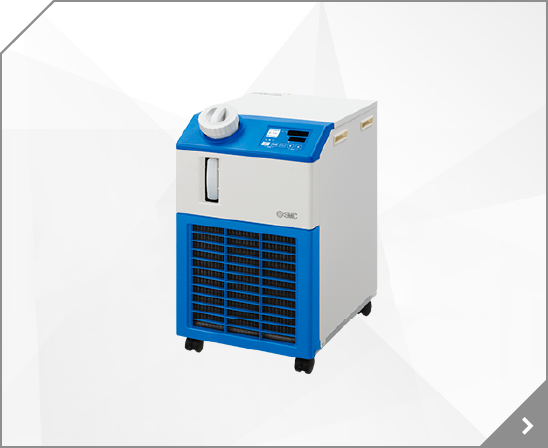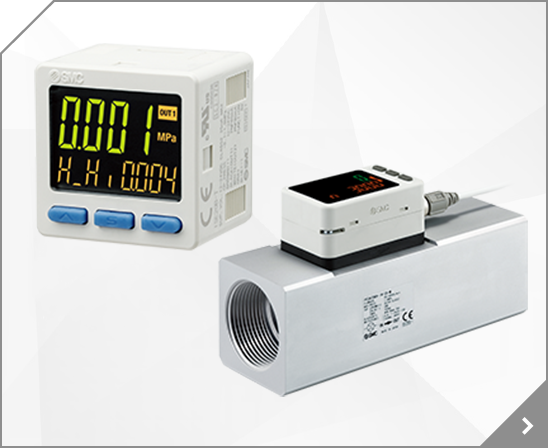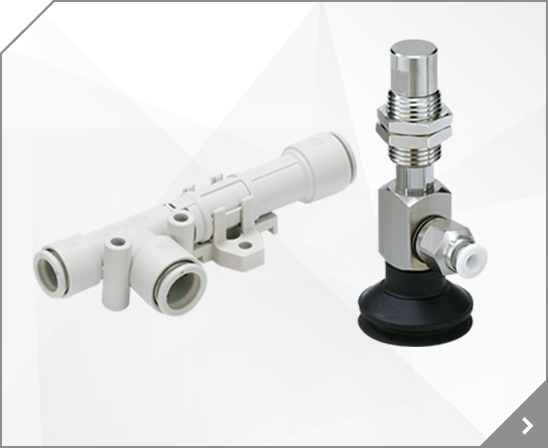
<br>For more information, refer to the D-MP□ series catalog or the video below.<br>A video about the D-MP□ series features and applications can be seen here.
<br>It allows for the selection of the optimal rotary actuator size by inputting the necessary parameters.<br>The “Rotary Actuator Model Selection Software” can be found here.
<br>Select the desired range (“-XC12” to “-XC15”) and add the corresponding suffix to the end of the CDRQ2BSP40-90 part number. Check the catalog for details on the “-XC12” to “-XC15” suffixes as the position of the start and end points vary.<br>The CRQ2 series catalog can be found here.
<br>The change of rotating range special order option changes the position of the start and end points, with the angle adjustment range remaining ±5°.<br>The CRQ2 series catalog can be found here.
<br>However, there is no clean room specification for the CRB2-Z and CRB series.<br>The 10-CRB1 and 21-CRB1 series catalog can be found here.
<br>The part number for the standard lithium soap based grease packs are “GR-S-010” (10 g) and “GR-S-020” (20 g).<br>The part numbers for the fluorine grease packs (special order part number suffix “-XC30”) are “GR-F-005” (5 g) and “GR-F-050” (50 g).
<br>For example, for the MHZ2 series it indicates the finger option. And for the MHL2 and MHF2 series, it indicates the opening/closing stroke. <br>For details, refer to the "How to Order" section in the web catalog of each series. The parallel type air gripper catalogs can be found here.
<br>This controller is designed with a separate control power supply (C 24 V) and motor power supply (M 24 V) to enable the aforementioned emergency stop circuitry to be configured. <br>If you do not plan to configure the emergency stop circuitry as described above, you can use the same power supply for the control power supply (C 24 V) and the motor power supply (M 24 V).
<br>Note) For LECP1/P2 series controllers, there is only 4-point input (IN0 to IN3). <br>Step Data Number Table
<br>The return to origin direction will change after the power is turned OFF and then ON again after changing the parameters. <br>Note) When the return to origin direction is changed, reset the position adjusted by the user.
<br>If the actuator is the type with a lock, connect the lock cable to the controller, apply 24 VDC to the “Unlock/BK-RLS” terminal, lock, and then perform the operation. If the lock is released with the actuator in the vertical direction, the moving part may fall under its own weight. <br>Perform unlocking only after ensuring sufficient safety.
<br>The connection cable for use between the PC and the controller is a dedicated cable. Order an LEC-W2A-C communication cable and an LEC-W2-U USB cable. <br>Note) Connecting using a commercially available cable (LAN cable, etc.) may result in the malfunction of the product.
<br>Whereas for RESET, it decelerates and then stops. This deceleration is the “max. acceleration” value (basic parameter). <br>The servo remains ON after stopping in this case.
<br>Use an AREA signal to do this. The AREA signal turns ON when the current position is within the AREA1 to AREA2 range. <br>AREA1 and AREA2 can be set for each step.
<br>By using this “RESET” signal, the following operations can be performed: <br>① Step no. 0 operation instruction → ② “RESET” signal ON (stop during operation) → ③ Step no. 2 operation instruction
<br>Since this Z-phase signal is a signal that is output once per motor, the motor moves about 1 to 2 rotations during this operation. <br>For example, the LEFS25AA is an actuator with a lead of 12 mm, so it moves about 12 to 24 mm during this operation.
<br>For details, refer to the operation manual on the SMC website. <br>If the situation persists, reinstallation may be required.
